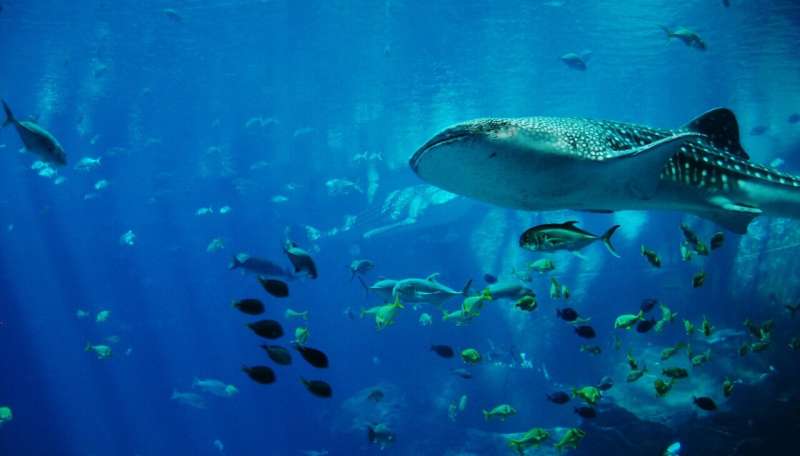Researchers have made significant strides in understanding ancient fishing practices in the Pacific Islands through a new collagen fingerprinting technique. This innovative method, known as Zooarchaeology by Mass Spectrometry (ZooMS), allows scientists to identify fish species from archaeological bone fragments. The findings provide crucial insights into the fishing techniques employed by Pacific islanders during the late Stone Age, also referred to as the Neolithic period.
The study, published on November 7, 2025, in the Journal of Archaeological Science, involved the analysis of 131 archaeological bones from Fais Island, located in the Yap State of Micronesia. This small raised coral island has become a focal point for archaeologists studying the dietary habits and survival strategies of its early inhabitants, who relied heavily on pelagic fishing.
Unearthing Fishing Techniques
Archaeological evidence indicates that these early islanders were adept at catching fast-moving marine predators, such as sharks and various species of tuna. This type of fishing, known as pelagic fishing, played a vital role in their survival and cultural development. Expeditions on Fais Island, particularly at the Powa archaeological site, have revealed that the island has been inhabited for approximately 1,800 years.
Despite the promising findings, traditional methods for identifying fish remains had limitations. Many species of fish have cartilage rather than bones, making fossilization difficult. Additionally, previous techniques struggled to distinguish between different fish species due to the degradation of identifying marks over time.
The introduction of the ZooMS method has revolutionized this aspect of archaeological research. By analyzing the unique chemical fingerprints embedded in collagen, researchers can accurately identify species. In this study, they achieved a remarkable 97% identification rate for tuna family bones, with the majority being 75 skipjack tuna, alongside yellowfin tuna and wahoo.
Insights into Ancient Diets
The research also identified various species of sharks from the archaeological samples. Although the reference database for precise identification was not comprehensive, the study revealed that 20 samples were closely related to the silky shark, 11 to the Galapagos shark, and 17 to the silvertip shark, with one sample linked to the whitetip reef shark.
These findings enhance our understanding of the fishing practices of ancient Pacific Islanders and illustrate the significance of pelagic fishing in their diets. The researchers emphasize the importance of expanding reference databases for ZooMS to further refine species identification. As molecular-level techniques continue to evolve, they hold the potential to fill existing gaps in our knowledge and improve our understanding of how fishing habits influenced societal development in ancient cultures.
This research not only sheds light on the dietary habits of early islanders but also highlights the advanced techniques they used for fishing, revealing a complex relationship between humans and their marine environment.
The study was conducted by a team led by Clara Boulanger, with contributions from various researchers, and underscores the importance of interdisciplinary approaches in archaeology and marine biology. The ongoing exploration of Fais Island promises to yield further discoveries that will enhance our understanding of prehistoric life in the Pacific.







































































